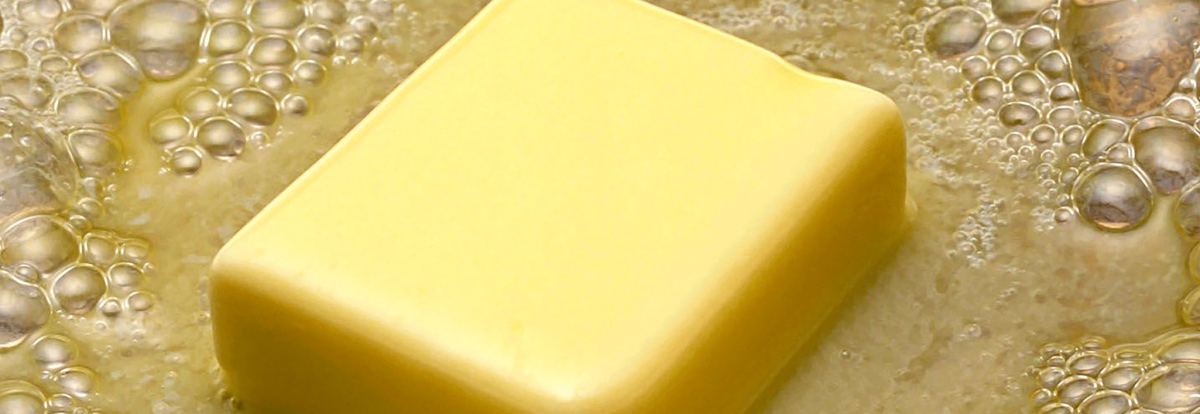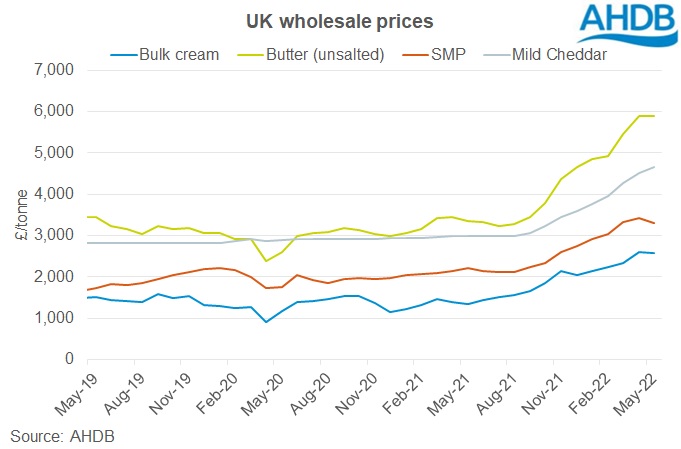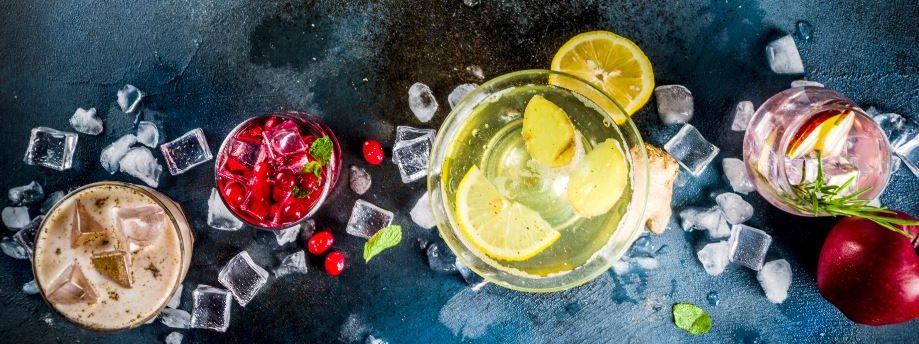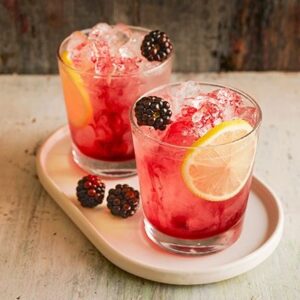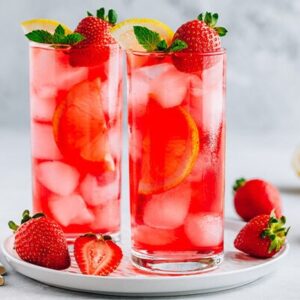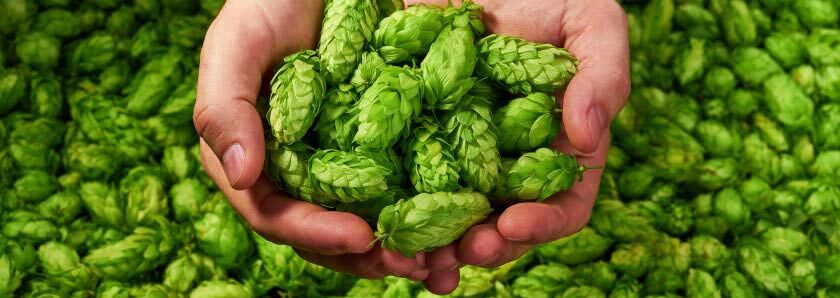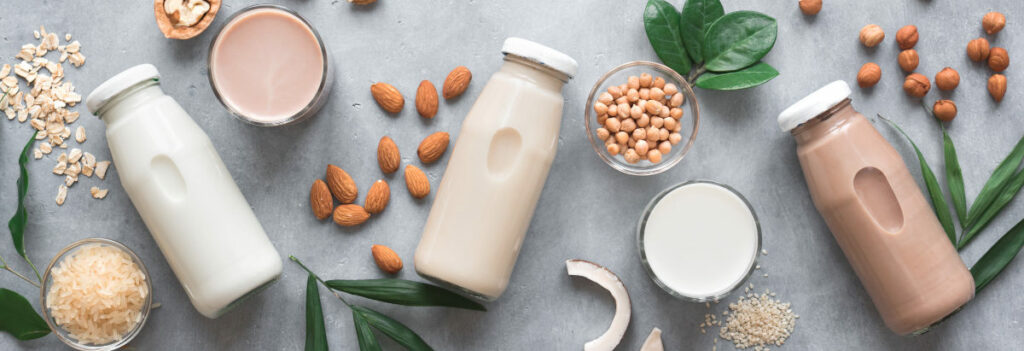The Dairy and Dairy-Free Category Face HFSS Challenges Ahead.
How HFSS will impact the dairy and dairy-free market?
I.T.S. works closely with a whole host of industry experts to help consult on various projects. One of our most trusted friends is David Northeast.
David has spent the past 8 years developing mainstream products but also focussing largely on plant-based developments. He’s developed products for a number of brands including the Coconut Collaborative and Tom Parker Creamery – and plenty of others that are top secret!
We sat down with David to dig deeper into what the new HFSS regulations mean for the dairy and dairy-free industries.
What actually are the new HFSS regulations?
To put it simply, HFSS stands for “High in Fat, Salt and Sugar.” It is a term the UK government has created to categorise products they feel are adding to the obesity issue in the UK.
The new HFSS regulation is one of the biggest shake-ups facing product developers in the dairy and dairy-free space for a long time. There is no doubt that some impact will be seen – but what actually does it involve?
David explains, “There is a huge amount of confusion about how milkshakes, ice creams etc will be impacted. Supermarkets have already started preparing (I know this as a shop manager told me when I couldn’t find some orange juice and it had been moved in preparation for HFSS). Basically, they should not be able to promote or appear on end of aisles.”
HFSS regulations also bring in new restrictions to online and television advertising to restrict these products from only advertising at restricted times.
This could have a dramatic impact on brands in terms of shelf positioning and space within supermarkets. Products that don’t adhere to guidelines would not be available on promotion, or have priority visibility on special deal aisles. These types of activities are crucial for new product launches in supermarkets.
Are customers bothered about HFSS?
So, we know brands and NPD teams are bothered about the new regulations, but how bothered is your average shopper? David has seen a mixed response, “To be honest it is quite a split in my experience. All parents want their kids to eat what they perceive as healthily. Some are happy about the proposed changes and others do not like being dictated to. The current cost of living crisis and rising food prices are far more important to many families at the moment. BOGOFs are very important to many families.”
David goes on to say “Personally, I think some products are eaten as a treat and should remain that way. It is the hidden fat, salt and sugar in products such as some bread and ready-meals that the consumer is more likely to be unaware of.”
Scary stuff that it’s the hidden sugar that is really the danger – not the obvious products. Consumers are aware they can’t eat a whole tub of ice cream, but that packet of pasta sauce could be just as unhealthy.
What would encourage consumers to be more interested in HFFS??
With the new digital-savvy generation, consumers get their information from many different sources. This generates huge amounts of mixed information from all different areas and encourages a divided opinion. No longer do consumers just soak up the evening news and base judgement on that. Shoppers are constantly approached on various channels with many informed and uninformed views.
David summarises by saying “I think there is no “one size fits all” solution here. Some people respond well to more education, others may need financial incentives. There is a lack of trust in most sources of information these days, with many people believing influencers over qualified professionals when it comes to diet choice.”
What are the key challengers of HFSS for dairy and dairy-free categories?
Things don’t change overnight and old habits die hard. David proposes a slow shift, rather than a drastic change. “The public is used to things tasting in a certain way. So, the transition needs to be slow. If you were to eat some products as they were formulated 20 years ago, they would be too salty. Although, these things carry flavour and enhance the eating experience.
There may be shelf-life issues with some products and in some instances, processes may need to be adapted. Some regional cuisines are also naturally higher in sugar or salt.”
Obviously, there are huge benefits to the HFSS regulations, with the end goal of making people healthier and reducing the pressure on services like the NHS. David doesn’t ignore the long-term benefits – “I think the long-term health of the individuals in this country and the costs of dietary-related issues are always paramount – but it’s not something that can happen overnight.“
Simple solutions for NPD dealing with HFSS regulations
We’re always looking for ways our natural flavours can help our customers solve challenges and make their lives easier. We have natural flavours that can reduce sugar content in products by up to a whopping 50%, with no impact on flavour.
It just so happens David is a fan too, “I have used SweetLITE in numerous products and found it to be an excellent tool for enhancing the naturally occurring sweetness present. The levels of sugar reduction are product specific, however, the results have been excellent”.
If you’d like to find out how our SweetLITE flavours can help you hit new HFSS regulations – just get in touch to request a sample.
For further reading on the HFSS regulations click here.


